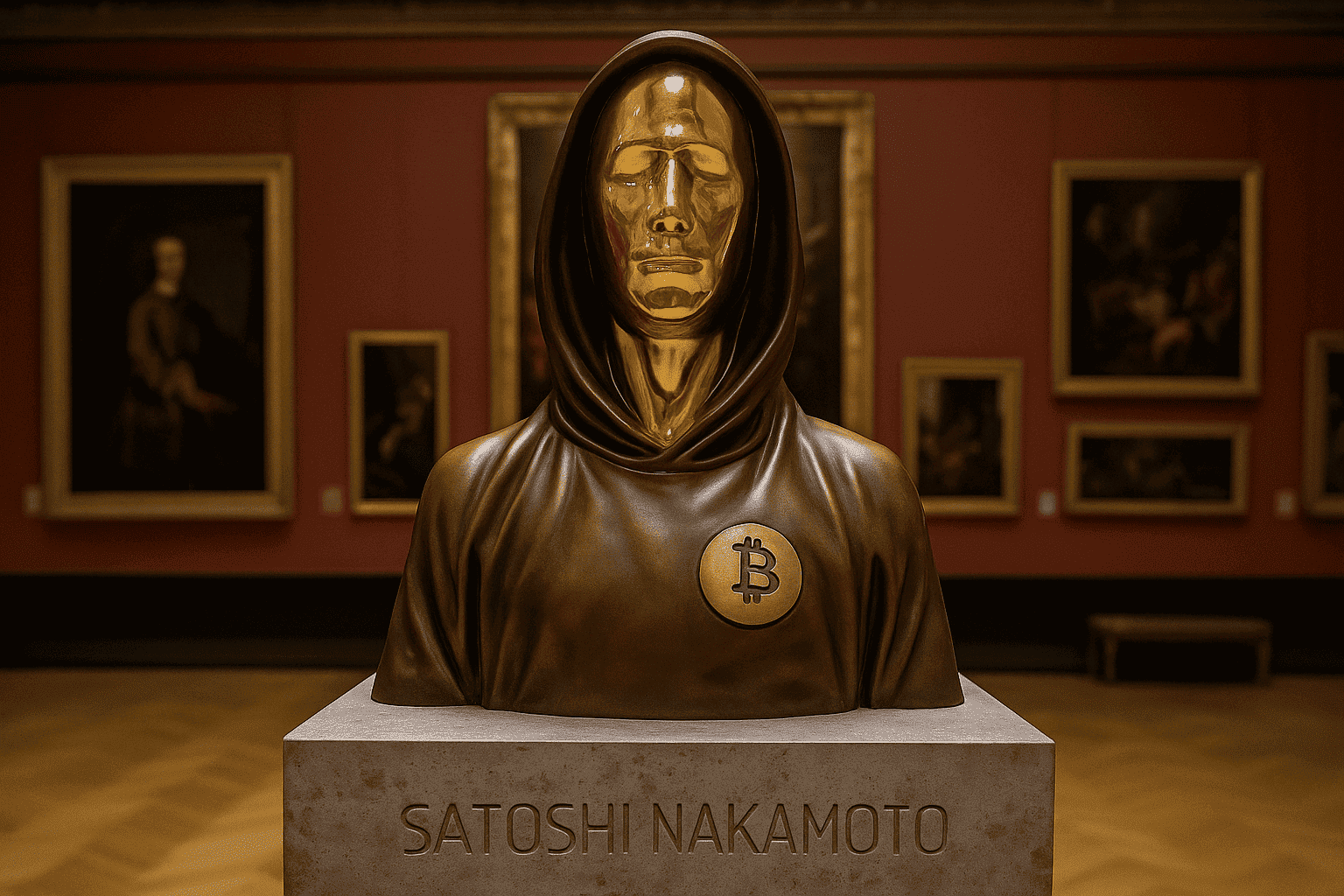Ethereum
Download Ironwallet app and get tool for making transaction without network fee
About Ethereum
Ethereum has emerged as one of the most promising and potentially transformative blockchain technologies since the advent of Bitcoin. As an open-source, decentralized software platform that enables smart contracts and distributed applications (dApps) to be built and run without downtime, Ethereum brings numerous innovations to the table that extend beyond the capabilities of Bitcoin’s comparatively simple, peer-to-peer electronic cash system. In this article, we’ll explore the origins, workings, and potential of Ethereum to fundamentally impact and augment the digital economy.
Create and Launch Ethereum
Ethereum was first proposed in 2013 by Vitalik Buterin, a young programmer involved in the early days of Bitcoin. While enthusiastic about Bitcoin’s potential to disrupt traditional money and finance, Buterin envisioned a platform that could leverage blockchain technology for more varied purposes beyond simply tracking and transferring balances.
After releasing a white paper outlining his ideas in late 2013, Buterin began working with several other developers to build the initial software implementation of Ethereum. The project was publicly launched in July 2015, with an initial funding drive of over $18 million to support ongoing development. Since then, Ethereum has grown to become the second-largest cryptocurrency platform behind Bitcoin in terms of market capitalization.
How Ethereum Works
Like Bitcoin, Ethereum utilizes a global peer-to-peer network to track ownership and execute transactions. However, Ethereum expands well beyond Bitcoin’s relatively simple scripting language, introducing a Turing-complete virtual machine capable of executing more complex smart contract logic.
Smart contracts are effectively autonomous programs that run on the Ethereum blockchain when certain conditions specified in their code are met. For example, a smart contract could automatically send a payment to one party when another party submits a digital invoice. The potential use cases for smart contracts and dApps built on Ethereum are wide-ranging.
Ethereum vs Bitcoin
While Bitcoin and Ethereum share similarities as cryptocurrency platforms built on blockchain technology, there are several key differences between them relating to purpose, capability, and design philosophy.
Bitcoin was created specifically to function as digital money or “electronic cash.” It allows peer-to-peer payments to be made without relying on any third-party financial institution. Ethereum, on the other hand, is intended as a more generalized computing platform that can execute smart contracts and run decentralized applications beyond just payments.
Due to these differing aims, the Bitcoin and Ethereum networks are also architected and secured very differently. Bitcoin uses a simple proof-of-work mining algorithm to validate transactions. Ethereum is transitioning to a proof-of-stake model that will eventually do away with energy-intensive cryptocurrency mining entirely.
Ethereum Blockchain
Like all cryptocurrencies, Ethereum relies on a decentralized blockchain ledger to record transactions. All transactions of the platform’s native currency ether (ETH) are recorded on Ethereum’s blockchain, alongside computations relating to smart contracts.
One key innovation with Ethereum’s blockchain is the ability to create and track unique digital assets beyond ETH itself. The ERC-20 and ERC-721 standards allow unique tokens and non-fungible crypto collectibles to be issued and traded over the same network infrastructure as ether.
Ethereum Mining
Similar to Bitcoin, Ethereum originally relied on a proof-of-work mining model to validate transactions, add them to the blockchain, and generate new ether tokens. Miners compete to solve computationally intensive cryptographic puzzles in order to create new blocks. This provides security while rewarding miners with newly minted ether.
However, proof-of-work mining comes with significant energy costs. Ethereum is gradually transitioning to a more energy-efficient proof-of-stake model, in which users stake existing ether holdings to validate transactions and earn rewards. This will render crypto mining obsolete on Ethereum.
Staking Ether for Rewards
Proof-of-stake will allow any Ethereum user to earn rewards on ether they hold by staking it to help validate transactions. Rather than having to invest in specialty mining hardware, users will be able to stake any amount of ether in a wallet to participate as a network validator.
The size of a user’s staked ether holdings will determine the chances of being selected to propose new blocks. Staking provides an energy-efficient alternative to mining for securing the network while rewarding long-term holders of ether.
Ethereum Smart Contracts
One of Ethereum’s most significant innovations is its support for smart contracts – autonomous programs that execute based on conditional logic written into their code. Smart contracts allow for business logic and complex interactions to be encoded directly on the blockchain.
Use cases could include automatically settling payments or claims based on IoT sensor data, executing decentralized financial transactions, enforcing rights management of digital assets, and automating supply chain workflows. Smart contracts enable blockchain technology to be leveraged for versatile applications beyond just payments and transfers.
Ethereum DApps
In addition to smart contracts, Ethereum allows decentralized applications (dApps) with frontend user interfaces to be built. By combining smart contracts on the backend with web and mobile apps on the frontend, developers can create full-stack dApps.
These dApps have benefits such as being serverless, censorship-resistant, and transparent since they are powered by Ethereum’s trustless, peer-to-peer network rather than centralized servers. dApps could encompass marketplaces, games, social networks, governance platforms, and many other possibilities.
ERC-20 Tokens
The ERC-20 token standard introduced on Ethereum allows users to issue and transact unique digital assets on the Ethereum blockchain along with ether. This paved the way for a wave of token launches and crypto asset offerings as an alternative funding model to traditional IPOs.
ERC-20 tokens have become instrumental to blockchain startups and decentralized finance applications. Over 200,000 ERC-20 compliant tokens have now been launched, with a total market cap in the hundreds of billions. The standard’s phenomenal adoption helped fuel Ethereum’s rapid growth.
What is Ethereum Name Service?
Ethereum Name Service (ENS) is a naming system based on the Ethereum blockchain that simplifies cryptocurrency payments. It works similarly to the Domain Name Service (DNS) used to access websites on the internet.
ENS provides users with more human-readable .eth addresses that replace the default alphanumeric Ethereum wallet addresses comprising of a long string of random letters and numbers. For example, instead of having to send payments to “0x123456789…”, you could send funds to a username like “john.eth”.
This helps eliminate confusion over complicated wallet addresses, reducing mistakes for payments, and making transactions more user friendly. Users have to bid for the rights to use their desired .eth name in an auction process. They can then hold control of this name or sell its ownership.
Additionally, ENS enhances security by allowing users to tie records like cryptocurrency wallets, content references, and metadata to their .eth name which gets stored on the Ethereum blockchain. This data then becomes censorship resistant and under the control of the user.
Overall, ENS aims to be a simplified naming standard for wallets, websites, applications or anything requiring a digital identity on Ethereum and helps pave the way for mainstream decentralized application adoption.
Ethereum’s Challenges and Controversies
While full of potential, Ethereum does face challenges and criticisms. Network congestion and high gas fees currently inhibit usage and adoption. The Proof-of-Stake transition has also seen delays. Some question Ethereum’s overall complexity compared to Bitcoin.
Additionally, the ICO boom Ethereum enabled resulted in many dubious projects raising funds and retail investors suffering losses, leading to a perception that the space was rife with scams. Regulatory scrutiny on token sales continues. There are also concerns around potential technical vulnerabilities.
The Future of Ethereum
As the first generalized and programmable blockchain platform, Ethereum undeniably opened up an entirely new paradigm. The shift to Proof-of-Stake aims to allow Ethereum to scale sustainably. The roadmap focuses on continuous technical development, and mainstream adoption of Ethereum and the decentralized Web3 ecosystem continues rising steadily.
If its current growth and evolution continue, Ethereum is on track to become the ubiquitous World Computer underpinning a next generation, user-driven digital economy founded on openness, connectivity and decentralization. The potential impacts on finance, technology, governance, autonomy and more are profound.





















